Back on Earth
When ESA astronaut Thomas Pesquet landed back on Earth after his six-month Proxima mission, his work was far from finished. Many scientists were eager to get more data on how his body and mind reacted to his time in space. But, first, Thomas had to adapt to living on Earth again.
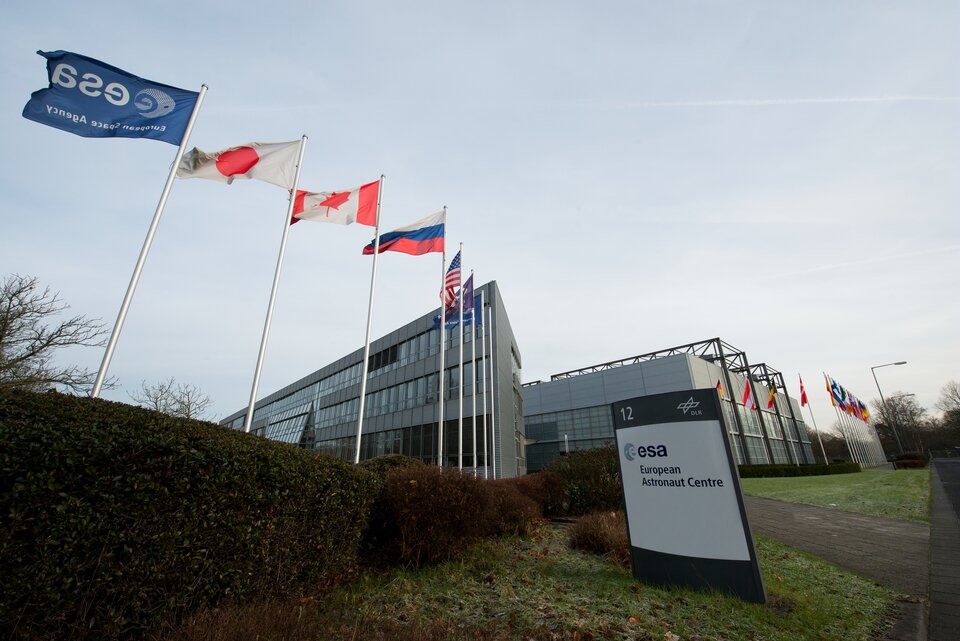
Many astronauts note the striking smells and colours upon returning to our planet. After six months of living without a shower, in recycled air and drinking recycled water, the simple pleasures and senses in life are most welcome.
Returning in a weakened state from living ‘without’ gravity, astronauts sometimes need a few days to relearn how to stand up and walk after their bodies have become accustomed to floating around effortlessly. Standing up and balancing can be difficult because gravity affects how the fluids in our bodies behave.
Thomas returned to ESA’s astronaut centre in Cologne, Germany while his crewmates NASA astronaut Peggy Whitson headed to Houston, USA, and cosmonaut commander Oleg Novitsky flew to Star City, near Moscow, Russia.

Some experiments demanded immediate access to Thomas before his body changed under the influence of gravity. Scientists drew blood, conducted MRI scans and asked questions in the name of science.
Another group of people interested in Thomas were the mission controllers and operational support people. A thorough debriefing was held with multiple teams to understand how things went, what could be improved and how to do things better on the following missions.
Lastly, when Thomas finished his rehabilitation, scientific protocol and debriefings, he did a tour to explain first-hand what it is like to be in space.















 Germany
Germany
 Austria
Austria
 Belgium
Belgium
 Denmark
Denmark
 Spain
Spain
 Estonia
Estonia
 Finland
Finland
 France
France
 Greece
Greece
 Hungary
Hungary
 Ireland
Ireland
 Italy
Italy
 Luxembourg
Luxembourg
 Norway
Norway
 The Netherlands
The Netherlands
 Poland
Poland
 Portugal
Portugal
 Czechia
Czechia
 Romania
Romania
 United Kingdom
United Kingdom
 Slovenia
Slovenia
 Sweden
Sweden
 Switzerland
Switzerland


























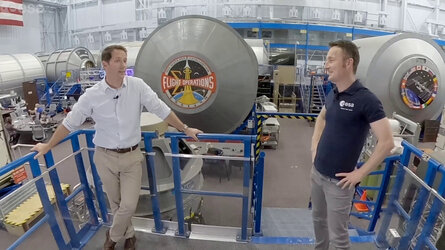
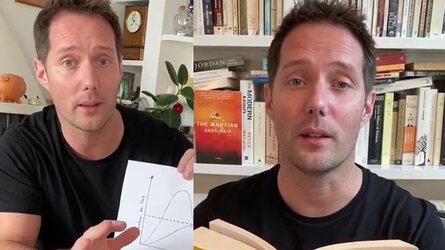


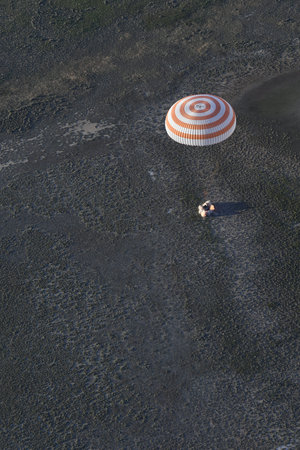
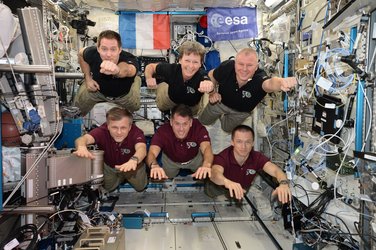
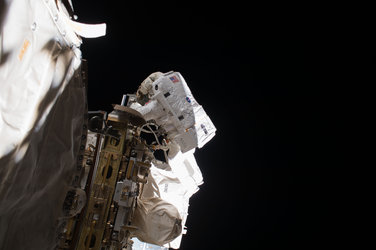
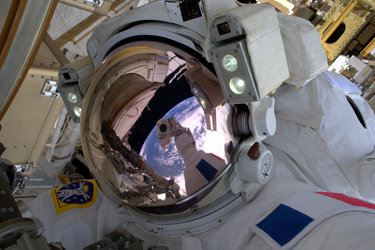
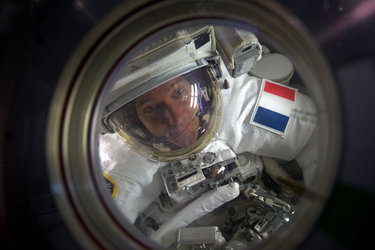
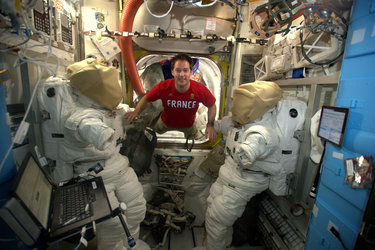
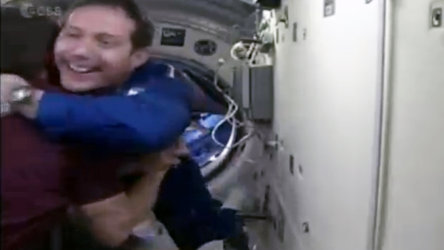
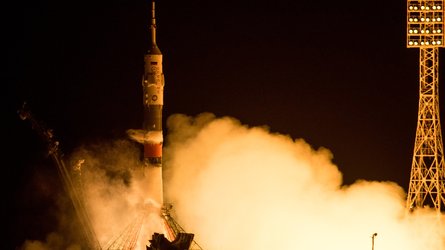
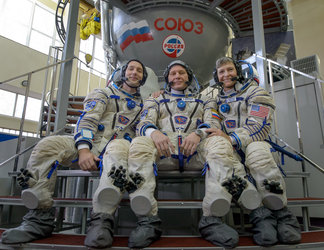
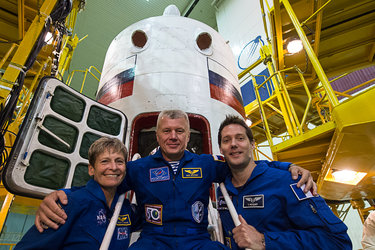
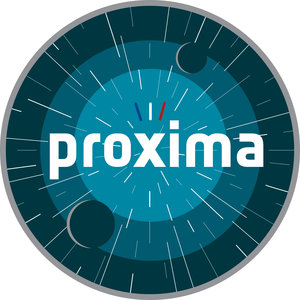
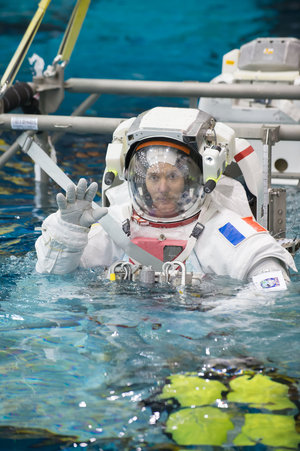

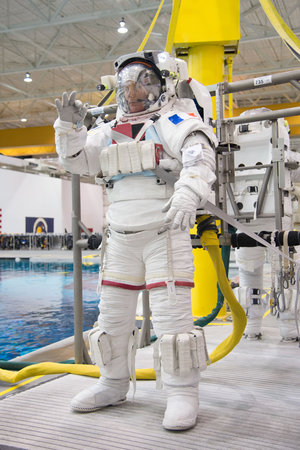
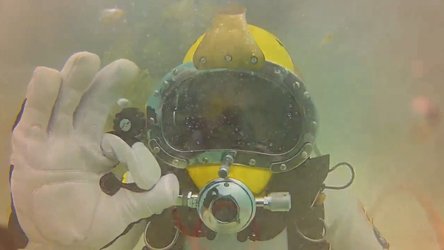
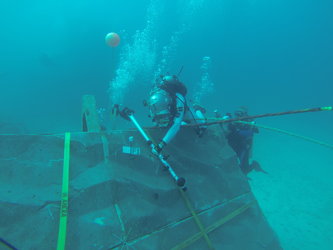




 Thomas Pesquet on Facebook
Thomas Pesquet on Facebook Thomas Pesquet on Instagram
Thomas Pesquet on Instagram Thomas Pesquet on YouTube
Thomas Pesquet on YouTube
